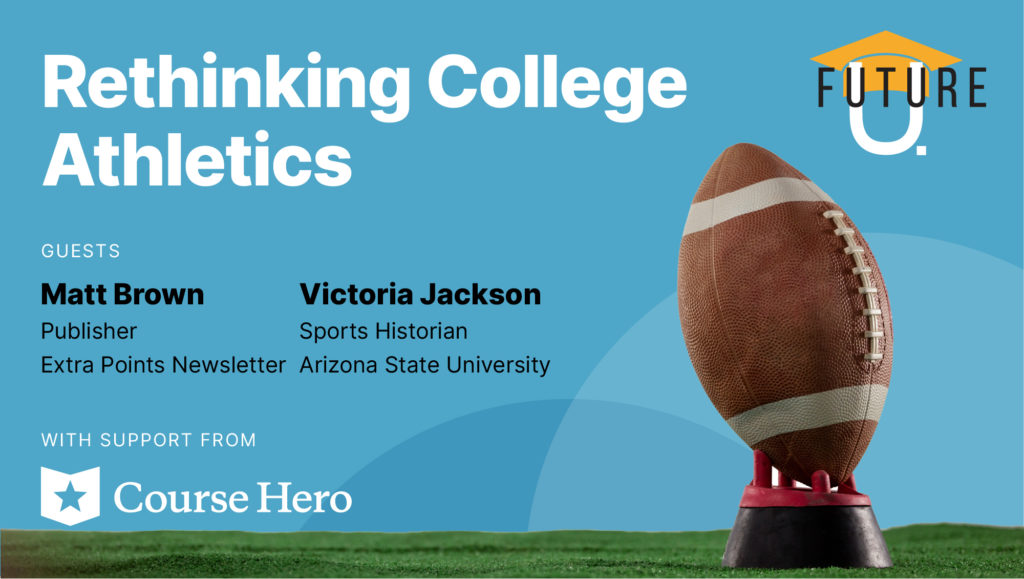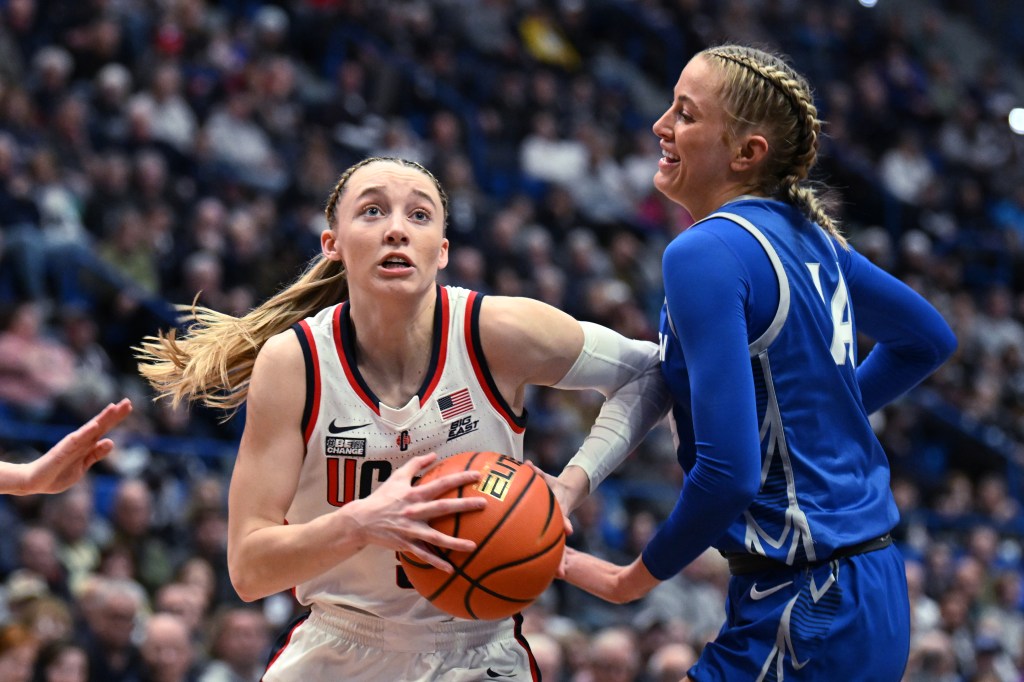Rethinking College Admissions: A Comprehensive Look At Standards And Diversity Initiatives

Table of Contents
Maintaining Academic Standards in College Admissions
The pursuit of academic excellence is paramount in College Admissions. However, the methods used to evaluate applicants are constantly being scrutinized.
The Role of Standardized Tests in College Admissions: Standardized tests like the SAT and ACT have long been cornerstones of the College Admissions process. While providing a seemingly objective measure of academic preparedness, they also present several drawbacks.
- Increased Objectivity: Standardized tests offer a common yardstick for comparing applicants from diverse high schools and educational backgrounds, increasing the perceived objectivity of the admissions process.
- Potential Bias: Critics argue that these tests disproportionately favor students from affluent backgrounds who have access to expensive test preparation resources, creating a systemic bias in College Admissions.
- Socioeconomic Disparities: The cost of test preparation courses and materials exacerbates the inequalities in access, further impacting scores and admissions chances.
- Alternative Assessment Methods: The rise of test-optional policies highlights a growing recognition of the limitations of standardized testing and the need for more holistic approaches to evaluating applicants. This includes considering alternative assessments like portfolios and interviews. Many universities are moving to test-blind or test-optional policies in their college entrance exams.
Evaluating Academic Performance Beyond Standardized Tests: A holistic review process considers a wider range of factors beyond SAT scores and ACT scores.
- GPA: Grade Point Average (GPA) provides an indication of overall academic performance throughout high school.
- Class Rank: Class rank provides context within a student's graduating class, showing relative academic standing.
- Rigor of Coursework: The difficulty and challenge of a student's chosen courses demonstrate academic ambition and preparedness. AP classes, IB program participation, and honors curriculum engagement are all key indicators.
- Letters of Recommendation: Recommendations from teachers and counselors offer valuable insights into a student's character, work ethic, and academic potential.
- Extracurricular Activities Demonstrating Academic Achievement: Participation in academic clubs, competitions, and research projects further underscores academic commitment.
The Importance of a Rigorous Curriculum: A challenging high school curriculum is crucial for preparing students for the rigors of college.
- Advanced Placement (AP) Courses: AP classes offer college-level coursework, demonstrating academic preparedness and intellectual curiosity.
- International Baccalaureate (IB) Programs: IB programs provide a comprehensive, internationally recognized curriculum that challenges students academically.
- Honors Courses: Honors courses offer increased rigor and depth of study compared to standard coursework.
- Demonstrating Intellectual Curiosity: Students who actively seek out challenging academic opportunities signal their readiness for college-level work.
Promoting Diversity and Inclusion in College Admissions
The pursuit of a diverse student body is integral to the mission of many universities. However, achieving this goal requires addressing historical inequalities and systemic biases within the higher education admissions landscape.
Addressing Historical Inequalities in College Admissions: The legacy of discriminatory practices in College Admissions necessitates proactive measures to ensure equitable access for all students.
- Affirmative Action: Affirmative action policies aim to redress historical disadvantages faced by underrepresented minorities and other marginalized groups.
- Race-Conscious Admissions: Some institutions consider race as one factor among many in admissions decisions, aiming to create a diverse student body. This has faced significant legal challenges.
- Socioeconomic Considerations: Colleges increasingly consider socioeconomic background in admissions decisions, recognizing the significant impact of financial resources on educational opportunities.
- Geographic Diversity: Many institutions strive for geographic diversity to enhance the range of perspectives and experiences within the student body.
The Value of Diverse Student Bodies: A diverse student body enriches the educational experience for all students.
- Enhanced Learning Environment: Exposure to different perspectives and experiences fosters critical thinking and intellectual growth.
- Broader Perspectives: A diverse student body brings a wider range of viewpoints, fostering a more inclusive and understanding campus climate.
- Improved Critical Thinking Skills: Interacting with individuals from diverse backgrounds strengthens critical thinking skills and encourages deeper engagement with complex issues.
- Preparation for a Globalized World: A diverse college experience prepares students for success in an increasingly interconnected and globalized world.
Strategies for Promoting Diversity in College Admissions: Institutions are implementing various strategies to promote diversity in their student populations.
- Targeted Outreach Programs: Outreach programs specifically target underrepresented high schools and communities to increase awareness of college opportunities.
- Scholarships for Underrepresented Groups: Scholarships specifically designed for students from underrepresented backgrounds help address financial barriers to college access.
- Mentorship Programs: Mentorship programs connect prospective students with current students and alumni from similar backgrounds, providing guidance and support.
- Recruitment from Diverse High Schools: Proactively recruiting from diverse high schools increases the pool of qualified applicants from underrepresented groups.
Balancing Standards and Diversity in College Admissions
The challenge lies in creating a College Admissions process that fairly evaluates academic excellence while actively promoting diversity and inclusion.
Finding the Right Balance: Creating an admissions process that values both academic excellence and diversity is a complex and ongoing challenge.
- The Ongoing Legal Challenges to Affirmative Action: Legal challenges to affirmative action policies continue to shape the strategies institutions can employ to promote diversity.
- Finding Alternative Metrics for Evaluating Applicants: Institutions are exploring alternative metrics to evaluate applicants while addressing concerns about bias in standardized tests. This includes portfolios and demonstrable skills.
- The Role of Holistic Review: Holistic review considers a broad range of factors beyond academic achievements, aiming for a more comprehensive assessment of each applicant.
Conclusion
Rethinking College Admissions requires a nuanced understanding of the complex interplay between maintaining high academic standards and fostering a diverse and inclusive student body. There's no single solution, but rather a need for ongoing dialogue and innovation in higher education admissions. The process necessitates a balanced approach that values both academic excellence and the enrichment that comes from a diverse student population. It is crucial to consider multiple metrics, address historical inequities, and embrace innovative strategies for inclusive recruitment to create a truly equitable and excellent system of higher education. Rethink College Admissions today by exploring resources from organizations like the National Association for College Admission Counseling (NACAC) and the College Board. Learn more about diverse and equitable College Admissions practices to create a more inclusive future for higher education.

Featured Posts
-
 Big Hit Missing Mets Recent Offensive Slump Analyzed
May 19, 2025
Big Hit Missing Mets Recent Offensive Slump Analyzed
May 19, 2025 -
 Eurovision 2025 United Kingdom Secures 19th Position
May 19, 2025
Eurovision 2025 United Kingdom Secures 19th Position
May 19, 2025 -
 Gazze Ye Yardim Malzemesi Tasiyan Tirlarin Girisi Son Durum Ve Detaylar
May 19, 2025
Gazze Ye Yardim Malzemesi Tasiyan Tirlarin Girisi Son Durum Ve Detaylar
May 19, 2025 -
 Dom Amore On Paige Bueckers Huskies Of Honor Induction
May 19, 2025
Dom Amore On Paige Bueckers Huskies Of Honor Induction
May 19, 2025 -
 Where And When Is Eurovision Song Contest 2025 All The Details
May 19, 2025
Where And When Is Eurovision Song Contest 2025 All The Details
May 19, 2025
